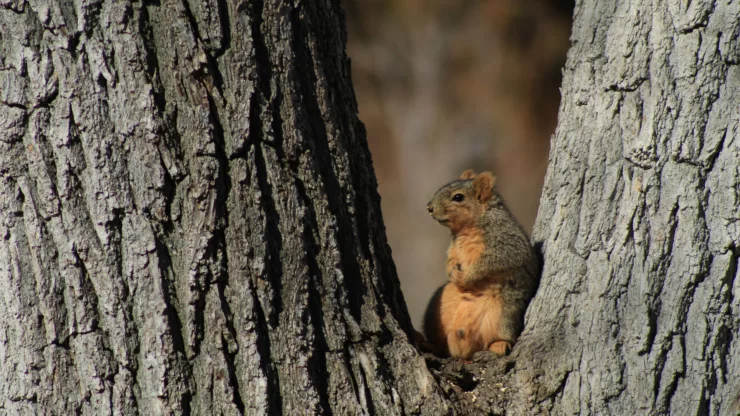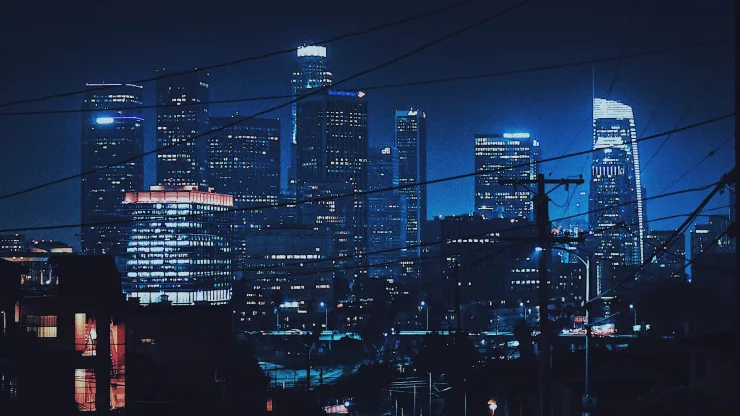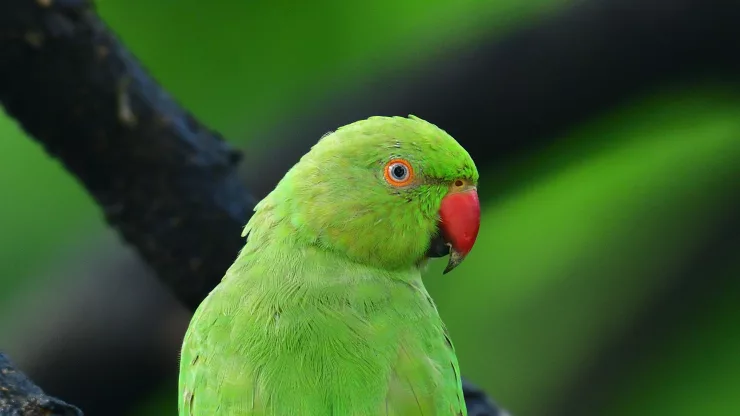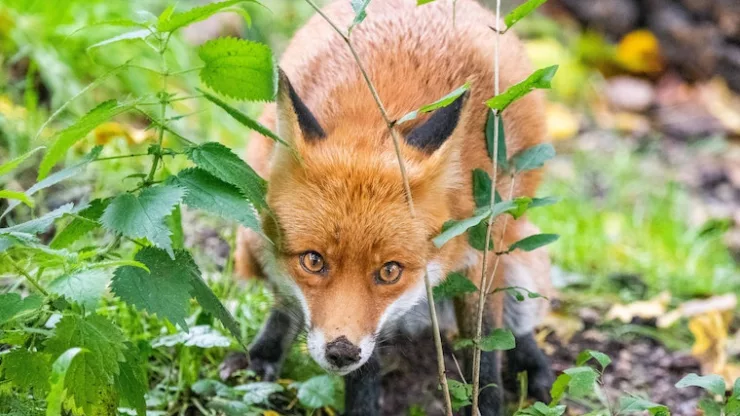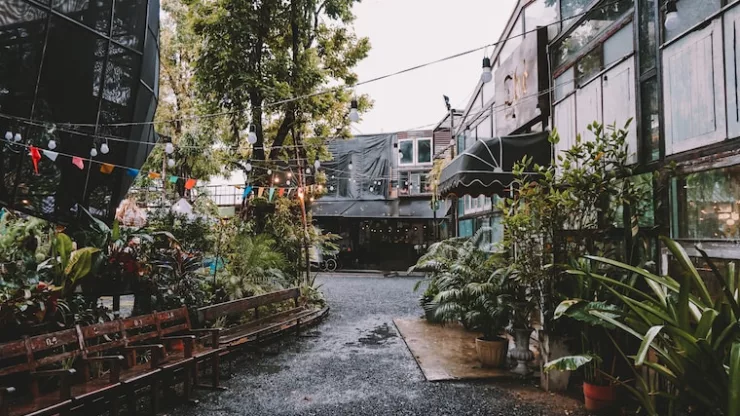Urban areas are often associated with concrete jungles, traffic jams, and pollution. However, amidst all the chaos, there is a thriving community of urban wildlife that deserves recognition.
These creatures have adapted to survive in urban environments and have even found ways to thrive.
This article celebrates the resilience of urban wildlife and highlights the importance of appreciating and protecting these animals.
Jump to Section
Introduction
Urbanization has drastically altered the natural landscape and has put pressure on many animal species. However, some animals have managed to adapt and thrive in urban environments.
From pigeons and squirrels to coyotes and raccoons, urban wildlife is diverse and fascinating.
In this article, we will explore the importance of urban wildlife, the challenges they face, and the strategies they use to survive.
We will also highlight some success stories and discuss ways to appreciate and protect urban wildlife.
Understanding the Importance of Urban Wildlife
The Role of Urban Wildlife in Ecosystems
Urban wildlife plays an important role in urban ecosystems.
They help pollinate plants, control pest populations, and contribute to nutrient cycling.
For example, honeybees in cities can produce honey from urban flowers and can help pollinate community gardens.
Additionally, birds in cities can help control insect populations, and urban soil can be enriched by earthworms and other decomposers.
The Benefits of Urban Wildlife in Cities
Urban wildlife also provides numerous benefits to humans. They offer opportunities for recreation and ecotourism, and they can help improve mental health and well-being.
Studies have shown that being in the presence of nature, even in urban areas, can reduce stress levels and improve mood.
Furthermore, urban wildlife can provide educational opportunities for children and adults alike.
Challenges Faced by Urban Wildlife
Despite the benefits of urban wildlife, they face numerous challenges in urban environments.
Habitat Loss and Fragmentation
Urbanization often leads to habitat loss and fragmentation, which can displace and isolate wildlife populations.
As cities expand, natural habitats are destroyed, and animals must find new places to live.
This can lead to overcrowding and competition for resources.
Pollution and Climate Change
Pollution and climate change also pose significant threats to urban wildlife. Air and water pollution can harm animals’ health and affect their habitats.
Climate change can alter the timing of seasonal events, such as breeding and migration, which can disrupt food webs and affect population dynamics.
Human-Wildlife Conflicts
Human-wildlife conflicts are also common in urban areas. As humans and wildlife compete for space and resources, conflicts can arise.
For example, raccoons may raid garbage cans, and coyotes may prey on pets.
These conflicts can lead to negative attitudes towards wildlife and can even lead to animal control measures.
Resilience of Urban Wildlife
Despite the challenges they face, urban wildlife has shown remarkable resilience. They have developed various strategies to adapt to urban environments.
Adaptation Strategies of Urban Wildlife
Behavioral Changes
Some animals have adapted to urban environments by changing their behavior.
For example, some birds have started nesting on buildings instead of trees, and rats have learned to avoid traps and bait.
Physiological Changes
Other animals have developed physiological changes that allow them to survive in urban environments.
For example, some birds have evolved to have shorter wings, which makes it easier for them to navigate through urban canyons.
Success Stories of Urban Wildlife
Case Studies of Resilient Urban Wildlife
Numerous studies have shown that urban wildlife can thrive in cities.
For example, researchers found that coyotes in Chicago have adapted to urban environments by changing their diets and behavior.
Similarly, peregrine falcons have made a comeback in urban areas, thanks to conservation efforts.
Conservation Efforts and Their Impact
Conservation efforts have also contributed to the success of urban wildlife.
For example, creating wildlife-friendly spaces, such as green roofs and urban parks, can provide habitats for animals.
Additionally, educating communities about urban wildlife can help reduce negative attitudes towards these animals and promote coexistence.
Celebrating Urban Wildlife
Urban wildlife deserves to be celebrated and protected. Here are some ways to appreciate and protect urban wildlife:
Creating Wildlife-Friendly Spaces
Creating wildlife-friendly spaces, such as community gardens and green roofs, can provide habitats for animals and promote biodiversity in cities.
Educating Communities about Urban Wildlife
Educating communities about urban wildlife can help reduce negative attitudes towards these animals and promote coexistence. This can be done through community events, educational programs, and signage.
Supporting Conservation Efforts
Supporting conservation efforts, such as wildlife rehabilitation centers and conservation organizations, can help protect urban wildlife and promote their welfare.
The Future of Urban Wildlife
As cities continue to grow, it is important to create sustainable cities for both humans and wildlife.
Celebrating and protecting urban wildlife can help promote biodiversity, improve mental health and well-being, and contribute to a healthier planet.
FAQ
What is urban wildlife?
Urban wildlife refers to animal species that live in urban environments, such as cities and suburbs.
Why is urban wildlife important?
Urban wildlife plays an important role in urban ecosystems. They help control pest populations, pollinate plants, and contribute to nutrient cycling.
They also provide numerous benefits to humans, such as opportunities for recreation and ecotourism.
What are the challenges faced by urban wildlife?
Urban wildlife faces numerous challenges, such as habitat loss and fragmentation, pollution, climate change, and human-wildlife conflicts.
I’m a nature enthusiast and creator of Metro Wilds and have spent years exploring the great outdoors.
With a passion for environmental conservation and sustainability, I have dedicated my career to writing about the beauty and wonders of nature, as well as the threats facing our planet.
Contact me at [email protected] for assistance.

